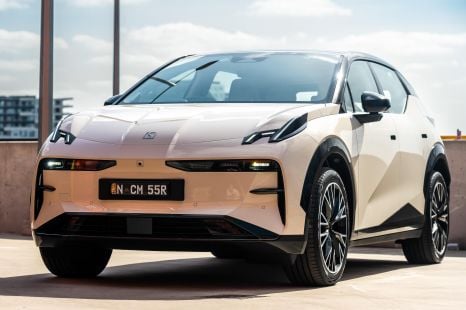

James Wong
7.9
5 Days Ago
Aston Martin did more than just fiddle with a few details to create the DBX707, it dove deep to build a proper beast.

Senior Road Tester
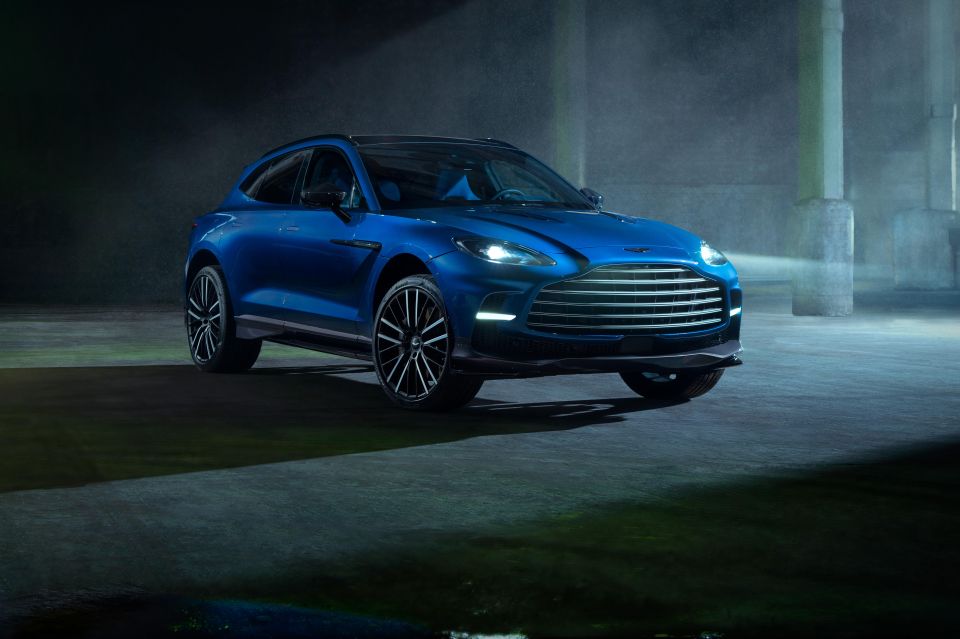

Senior Road Tester
While it’s fair to say Aston Martin’s first SUV wasn’t lacking in the performance department, it’s got nothing on the new high-performance DBX707. Here’s how it was created.
When a luxury performance brand like Aston Martin decides to go all-out on a faster version of its first SUV, it doesn’t muck around with a bit more here and a bit more there.
Bragging rights mean a lot to cashed-up buyers in this rarefied space and Aston Martin has well and truly delivered the goods with DBX707, by creating the world’s most powerful and quickest luxury SUV.
How do you turn a not-so-humble Aston Martin DBX into the quickest luxury SUV on the planet?
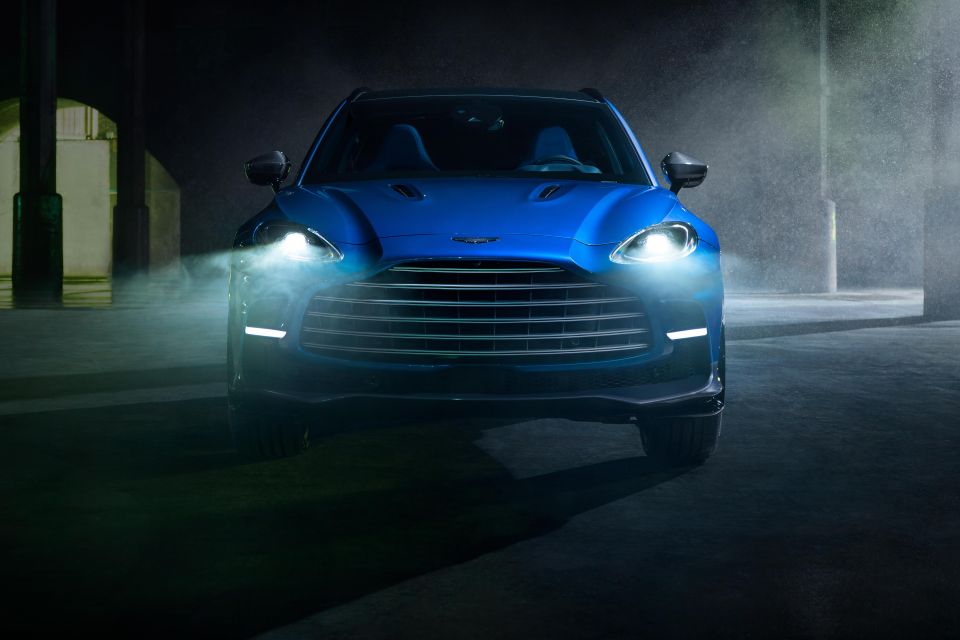
According to Andy Tokley, senior vehicle engineering manager at Aston Martin, it starts with the engine.
“The first biggest gain we made in DBX707 was in the longitudinal performance and straight-line acceleration of the vehicle with a big power and torque hike of up to 707bhp and 900Nm respectively,” he said.
The result is “class-leading acceleration times of 0-100km/h in 3.3 seconds (using the new launch function), while 0-160km/h takes just 7.4 seconds. It can also run a quarter-mile in under 11.4 seconds”.
We also asked Mr Tokley how Aston was able to extract the sizeable gains in power and torque (115kW and 200Nm) over the standard DBX, using the same Mercedes-AMG-derived 4.0-litre twin-turbocharged V8 powertrain.

“We’ve revised the turbochargers by increasing the size and technology switching from journal bearings to ball-bearings, which means they can spin faster and more immediately thanks to less friction and better transient response without losing low-end performance while maintaining top-end momentum,” he said.
Another key element to the DBX707’s straight-line performance gains is its nine-speed wet-clutch transmission, which cuts shift times by 40 per cent and allows for launch control.
“The quicker shift times are critical to the DBX707’s increased performance, though still allowing for smooth shifts points through our re-calibration of the transmission software,” he said.
The electric power steering (EPAS) has also been revised on the DBX707 for faster, more accurate response and feel through the wheel, explains Mr Tokley.
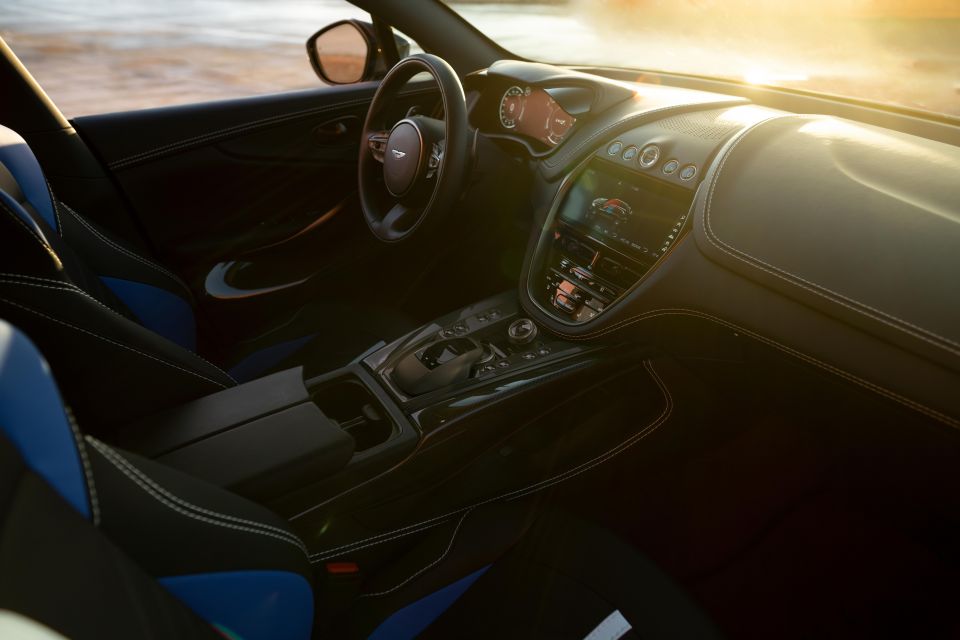
“We’ve worked quite hard on the steering in DBX707 by increasing the lateral stiffness of the front axle by around nine per cent through the addition new sheer panel to the bottom of the front subframe, and also bracing the front subframe back into the body structure,” he explained.
“We wanted enhanced front-end agility for the DBX707 and a more linear steering feel off centre as well as a sharper more immediate response through the turn, which is precisely what we have achieved with the car.”
Suspension and body control is another area that’s gone under the microscope in Aston’s super SUV with a complete rework of the dampers and springs, though still retaining DBX’s triple-chamber air suspension.
“From a body control point of view”, he explained, Aston Martin has “totally revised the valving within the dampers” to give “full control over the compression and rebound using revised calibration”. In turn, that’s designed create “more immediacy when the driver switches from the default GT to the more aggressive Sport+ mode”.
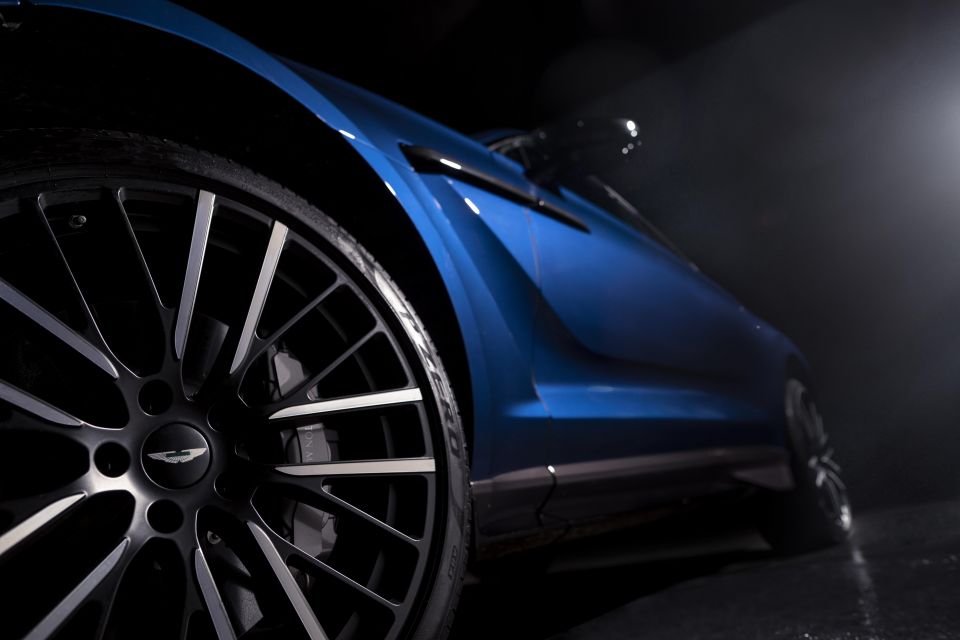
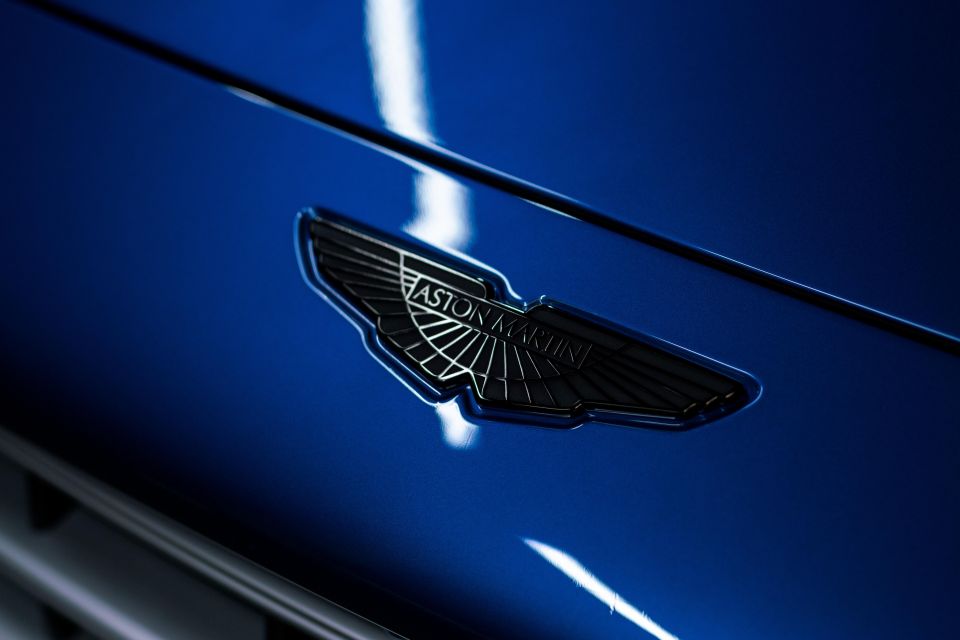
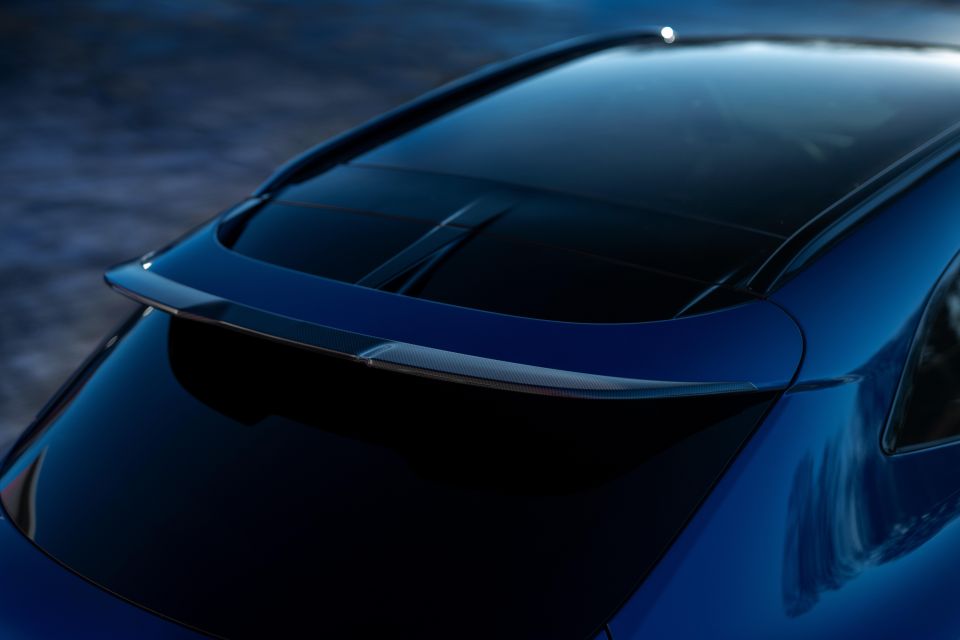
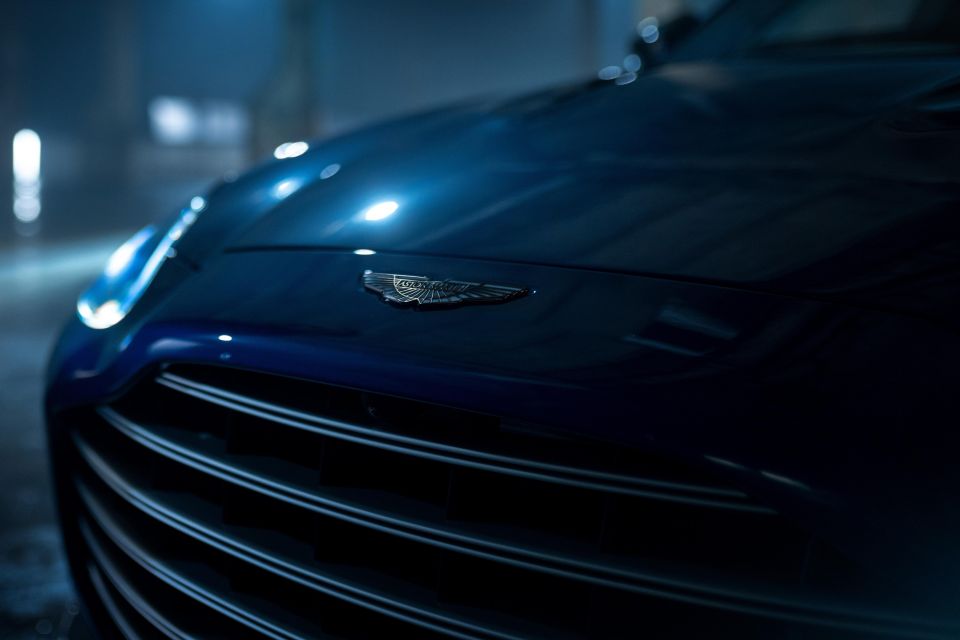
“What we didn’t want to do was introduce unnecessary comfort loss into the car between the different modes, because we still want a comfortable level of compliance built into the suspension even in its most aggressive setting,” Mr Tokley said.
“It gets back to the fact that for DBX707 we didn’t want an artificial separation between the drive modes, because quite frankly, Sport+ doesn’t need to be uncomfortable. But as soon as you turn the steering wheel and need the car to work laterally, it’s working a lot quicker in Sport+ as it is in GT mode.”
Secondary ride control is another element that has changed in the transition from DBX to DBX707. The damper top mount has been stiffened to better handle the higher loads it has to bear, allowing the damper itself to work more precisely.
The dampers themselves are the same Bilstein models used in the regular DBX, but the valving has been totally revised.

“We’ve also changed the longitudinal bushings on the front suspension by going from Elastamer bushings to Hydra bushings,” Mr Tokley said.
“When you do hit an impact in the DBX707 you get one single controlled movement of the wheel as opposed to potential wheel shake due to the greater damping in the water-filled bushings.”
DBX707 also uses the same size sway bars as the standard DBX thanks to its electric active roll-control system, which allows up to 1400Nm of torque load per bar.
The control of the system has changed in a similar fashion to the new damping, in that the change from one drive mode to another happens much more quickly.
Braking is yet another critical element to the enhancement program for the DBX707, which sees cast iron brakes swapped for massive 420mm carbon ceramic brakes up front (390mm at the rear), along with two sources of cooling and a 40 per cent reduction in unsprung weight with much of that off the front axle.
Take advantage of Australia's BIGGEST new car website to find a great deal on a Aston Martin DBX.


James Wong
7.9
5 Days Ago
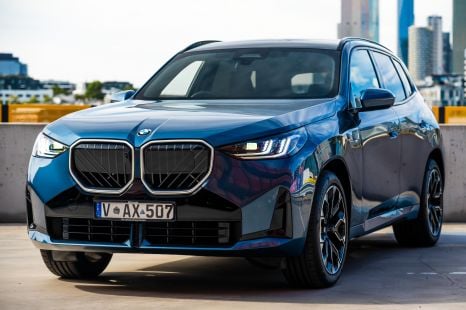

Jack Quick
8.4
4 Days Ago
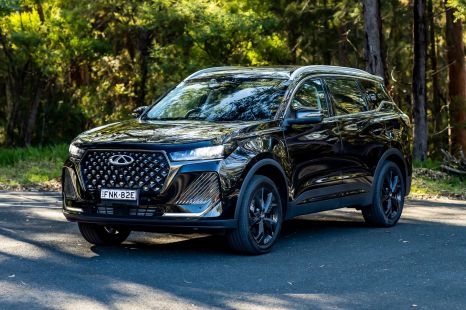

Matt Campbell
8.1
3 Days Ago
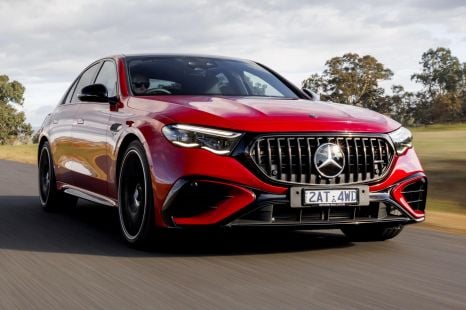

Max Davies
8
2 Days Ago
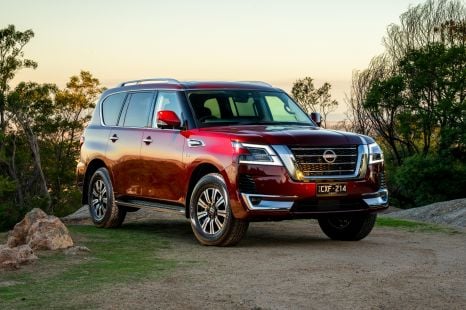

James Wong
8.1
19 Hours Ago
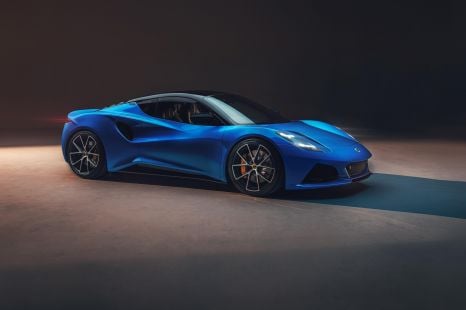

Marton Pettendy
18 Hours Ago